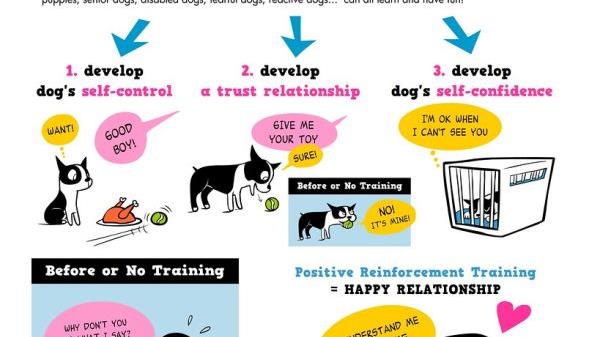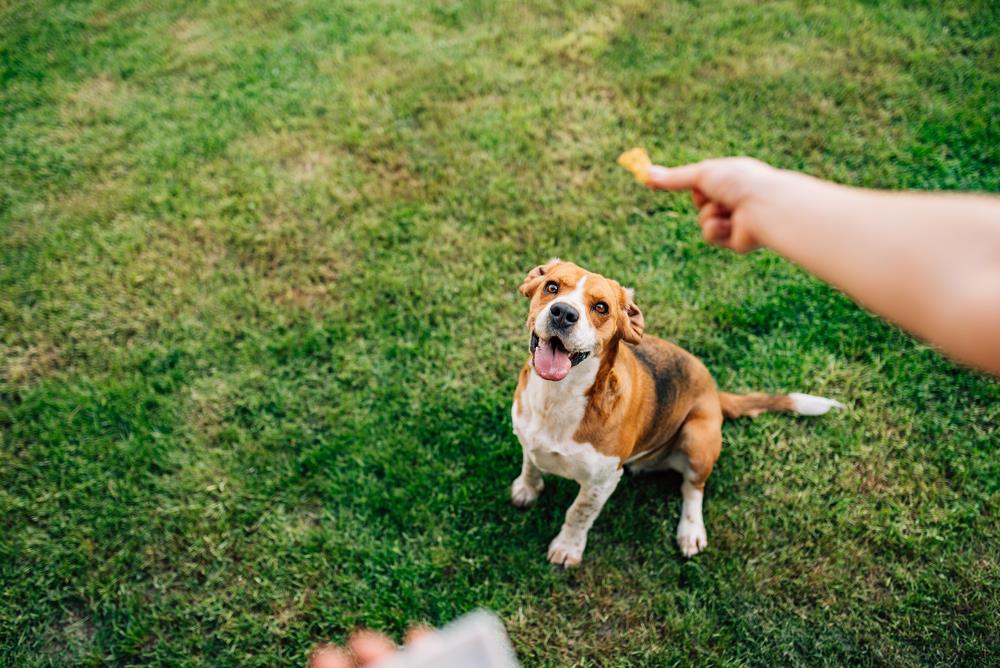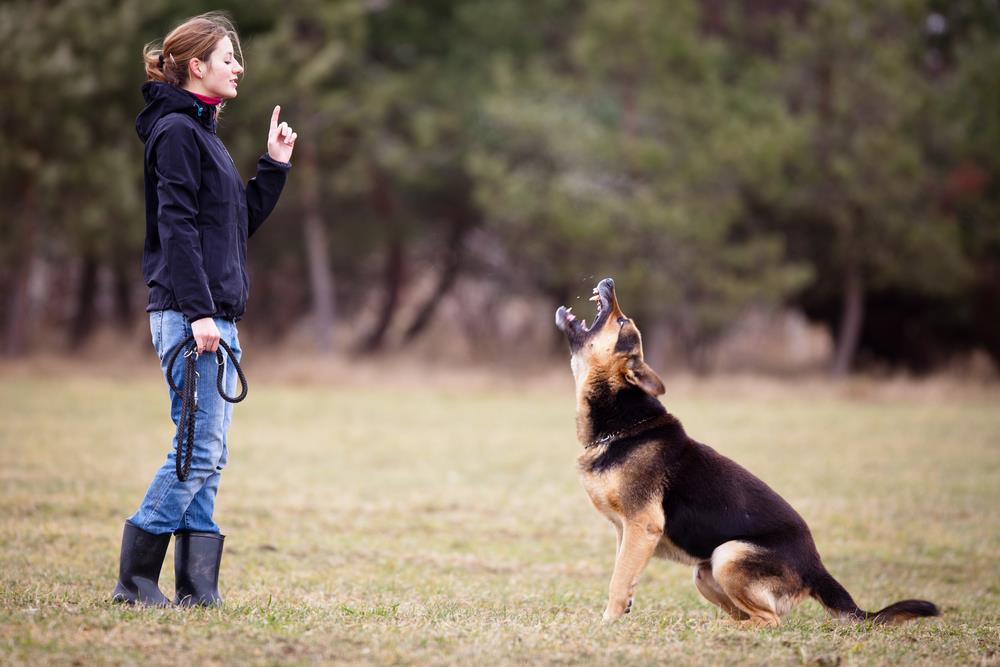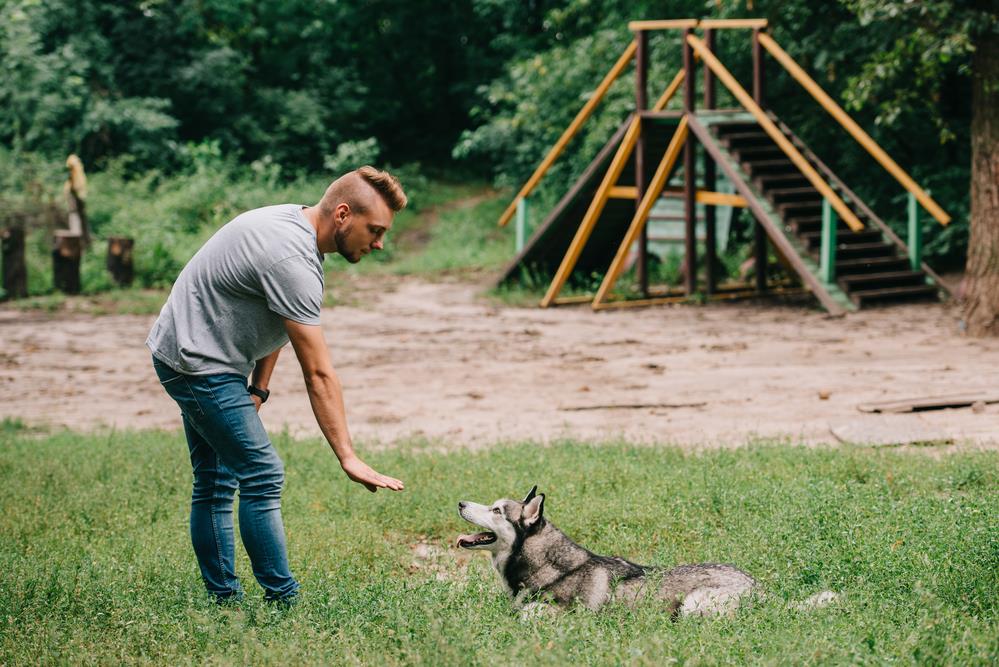Establishing Appropriate Boundaries
Establishing clear boundaries is essential for your pet’s wellbeing. It ensures they understand what’s expected and creates a harmonious living environment. Pet discipline involves instructing them about acceptable behaviour within your household.
Ascertaining what behaviour is acceptable can be determined based on your pet’s breed, age, and temperament, as well as your personal preference and lifestyle. For instance, you may discourage jumping on furniture, excessive barking, or aggressive play.
Tips for Setting Boundaries
- Be consistent: Once you’ve established a rule, stick to it. Consistency aids in the pet’s understanding of what’s expected.
- Use positive reinforcement: Reward good behaviour, making it more likely to be repeated.
- Start early: The sooner boundaries are set, the easier it is for your pet to adapt.
Remember, every pet is unique and what works for one may not work for another. Keep this in mind when setting boundaries.
Incorporating images or charts can enhance the content, offering visual representation of information. An infographic on establishing boundaries could be beneficial to pet owners.
Understanding Positive Reinforcement in Pet Discipline
Positive reinforcement in pet discipline is centred on encouraging good behaviour by offering rewards. This approach, scientifically validated by research from the Applied Animal Behaviour Science, allows pets to associate their positive actions with praise, treats or attention, thereby cultivating desired behaviours.

Behaviours Worthy of Reward
- Obeying commands: Reward your pet when they respond accurately to your instructions.
- Good hygiene habits: Acknowledge pets that use their litter boxes or designated outdoor areas.
- Non-aggression: Reward pets for exhibiting calm and non-aggressive behaviour, especially during potentially stressful situations.
Effective Reward Suggestions
Choosing the right reward is crucial in implementing positive reinforcement. Pets respond well to treats, extra playtime or affection.

Avoiding Physical Punishment
Physical punishment as a method of discipline is not only harmful, but it is also ineffective. According to research, it can lead to an increase in aggressive behaviour and may even cause psychological distress. This approach to discipline can be especially detrimental when applied to pets, as it can result in fear, anxiety, and can induce behavioural issues.
The Negative Effects of Physical Punishment on Pets
Physical punishment can cause lasting damage to your pet’s emotional and mental wellbeing. Fear-based training methods can lead to stress, anxiety, and even aggression in pets. Furthermore, a study by Journal of Veterinary Behaviour found that physical punishment can lead to an increase in problem behaviours in dogs.
Alternatives to Physical Punishment
- Positive reinforcement: Rewarding your pet for good behaviour can be a more effective method of discipline. It builds trust and encourages repeat behaviours.
- Redirecting attention: If your pet is partaking in undesirable behaviour, redirect their attention to a more acceptable activity.
- Time-outs: Briefly removing your pet from an exciting situation can help them calm down and reset their behaviour.
By employing these methods, not only will you build a better relationship with your pet, but you will also create a more harmonious living environment.
The Importance of Clear Communication in Pet Discipline
For successful pet discipline, clear communication is crucial. It’s fundamental in establishing a healthy relationship between you and your pet. Miscommunication can result in poor behavioural habits, confusion, and frustration for both parties involved.

Tips for Effective Pet Communication
- Consistency: Use the same commands for specific behaviours.
- Body Language: Understand that pets largely communicate through body language. Be aware of your body language when you are interacting with them.
- Reward Positive Behaviour: Reinforce good behaviour with rewards such as treats or praises.
Understanding Your Pet’s Signals and Responses
Interpreting your pet’s signals is key to effective communication. For instance, a wagging tail may indicate happiness in dogs, but in cats, it can signify agitation.
Consistency is Key in Pet Discipline
Disciplining pets can often be a challenging task, yet maintaining consistency is paramount. Like children, pets thrive on routine and consistent behaviour from their caregivers. Inconsistent discipline can lead to confusion, causing erratic behaviour and undermining training efforts.
The Consequences of Inconsistent Discipline
When discipline is inconsistent, pets may become anxious, unpredictable, or even aggressive. Negative behaviours may become reinforced, making them difficult to change later on. Studies show that pets respond better to positive reinforcement and consistent discipline.
Strategies for Maintaining Consistency
- Establish clear rules: All family members should agree on what is acceptable behaviour for the pet.
- Use consistent commands: Pets react better to specific, consistent commands rather than a range of different ones.
- Involve all family members: Everyone involved in the pet’s care should follow the same discipline strategies to ensure consistency.
Consistency in pet discipline plays a crucial role in shaping your pet’s behaviour. With clear rules, consistent commands, and involvement from all caregivers, your pet is more likely to understand what is expected of them and behave accordingly.
Disciplining with Patience and Understanding
When disciplining your pet, the virtue of patience cannot be overstated. Pets, like humans, learn at their own pace. Patience fosters a relaxed environment conducive to learning, thereby enhancing your pet’s ability to understand and adhere to discipline.

Understanding the reasons behind your pet’s behaviour is equally important. Whether it’s anxiety, excitement, or simply a lack of training, comprehending these triggers can help tailor discipline methods effectively. For instance, a pet acting out due to anxiety might not respond well to stern discipline. Instead, they may require reassurance and positive reinforcement.
Maintaining Patience When Your Pet Misbehaves
It’s natural to feel frustration when your pet misbehaves persistently. However, here are a few tips to help maintain patience:
- Take a deep breath and calm yourself before reacting.
- Remember that your pet isn’t acting out to irritate you intentionally.
- Consider professional help, such as a pet behaviourist or trainer, if the behaviour persists.
These steps, combined with understanding your pet’s behaviour, can significantly improve your pet discipline methods.
Training Techniques: Dos and Don’ts
Training your pet is indispensable to foster a harmonious bond. Informed pet owners must discern between beneficial and detrimental training techniques. It’s not solely about what you practice, but how you adapt it to your pet’s unique temperament.
Effective Pet Training Techniques
Positive reinforcement, a method championed by many animal behaviourists, encourages desired behaviours by rewarding your pet. This technique is particularly humane and effective.
Techniques to Avoid
Conversely, punishment-based techniques can provoke fear and aggression, hindering the trust between you and your pet.
Personalising Your Approach
It’s paramount to tailor your approach, considering your pet’s breed, age, health, and temperament. An individualised approach ensures training is not just effective but also enjoyable for your pet.
Recognising When Professional Help is Needed
Observing your pet’s behaviour is integral in discerning whether professional intervention is required. Some signs can be subtle, such as a slight change in their eating habits, while others are more obvious, like aggression or excessive barking. A sudden shift in behaviour is often an indicator of underlying issues.
Finding a Qualified Pet Behaviourist or Trainer
You can find a qualified pet behaviourist or trainer by researching online listings and reading reviews. Be sure to consider their qualifications, experience, and methods.
Working with Professionals to Improve Your Pet’s Behaviour
Building a rapport with the professional you’re working with is essential. Open communication about your pet’s history, behaviour, and your expectations will help formulate the best behavioural modification plan. Be patient and consistent in implementing the suggested techniques.


